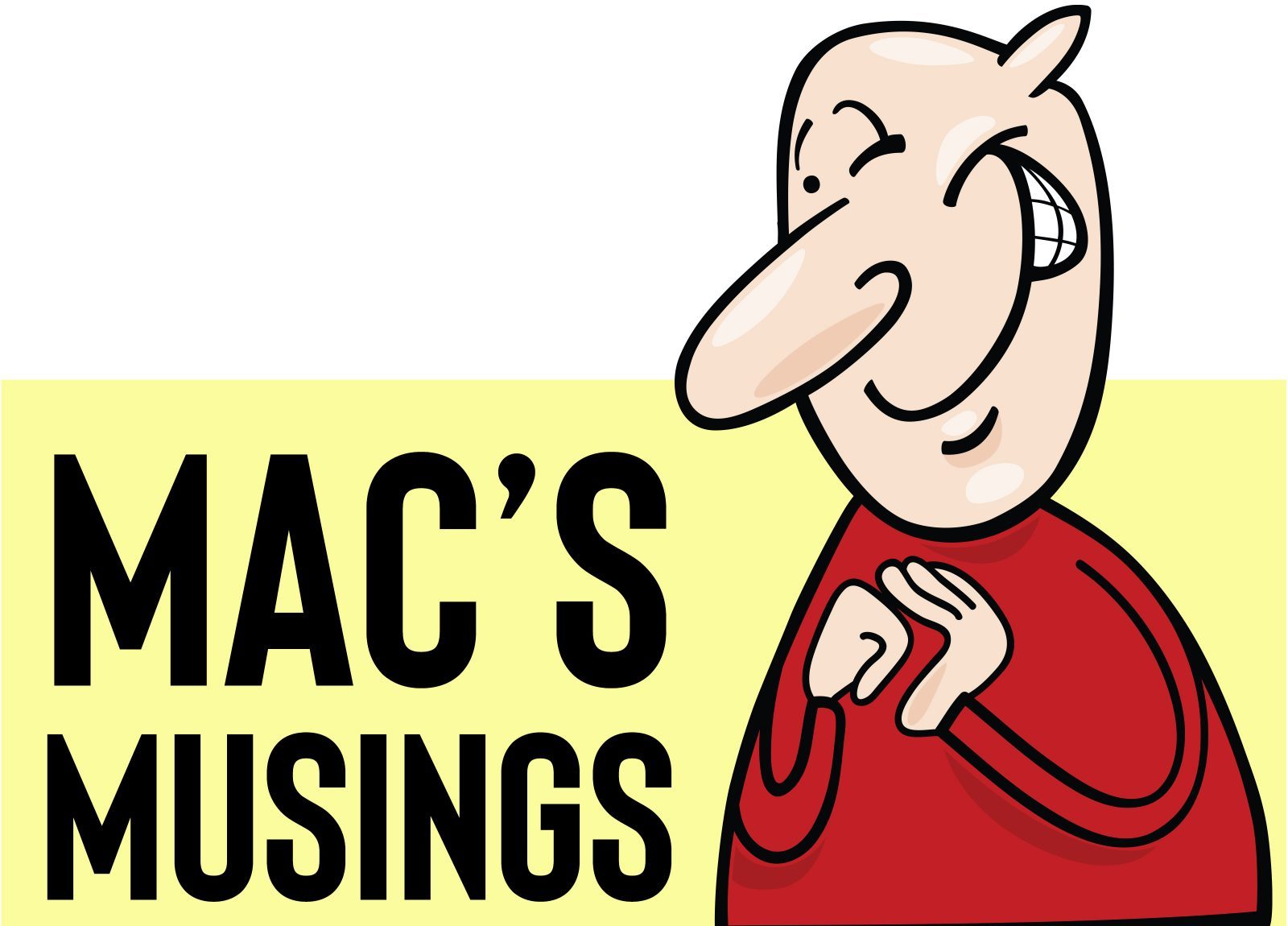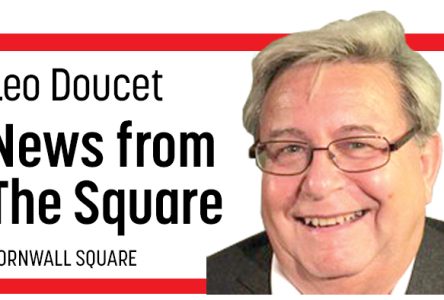Driving past King George Park the other day brought back a flood of memories.
There are ball parks, and then there are ball parks.
Fixtures like King George Park, named after the former King of England. Prior to 1934, it was a make-shift playground on a patch of vacant land loaned to the town by the Miller family. The town purchased it in 1934 and turned it into a park with a ball diamond.
No other park in the city has the sandlot history that is packed into KGP. It is truly one-of-a-kind.
In its prime, KGP was what Fenway is to Boston, or what Christie Pits was to amateur baseball in Toronto before the Blue Jays showed up.
We don’t have a softball/fastball shrine, but if we did, it would be the venerable KGP.
Years ago, city council started the process to take the ball out of KGP, a.k.a. Seventh Street Park.
The plan was to transfer the diamond to Optimist Park, at the time, the new kid on the sandlot block.
Too much noise. Too many complaints from neighbours. The odd home run punched out a window in the house on the fringe of the left field line. The occasional foul ball bounced off cars parked on Seventh and York streets, or travelled past the park. This, the naysayers moaned, was no place for a ball park.
Fortunately, some common sense prevailed and KGP’s ball diamond remained intact.
Curfews were imposed. Screens were erected to help keep balls in the park.
The park survived, but that’s about all.
These days, the grand old lady of sandlot ball is but a shadow of her old self.
They still play games at KGP, but the crowds are thinner than a razor blade.
On most nights, a fender bender would attract a bigger crowd.
That wasn’t the case in her heyday, when the North End Fastball League (NEFL) was one of the biggest games in town on a summer evening.
It was a time when the stands down the first and third base lines were jammed with spectators … a half hour before the traditional 6:30 p.m. game time.
Good luck getting a standing spot behind the backstop less than 20 minutes before Howie or Elmer or Buck stepped up behind home plate, screamed “play ball” and hunched down behind the catcher to call the first pitch.
Not long after, around the third inning, the jingle of change could be heard as a couple of volunteers, usually members of the league executive, passed the hat through the crowd.
There was even an economic spin off on game nights.
Kid vendors recruited by the nearby corner store did a thriving and highly competitive trade hawking pop and chips.
Recycling was alive and well at KGP on game nights.
An empty pop bottle, worth two cents at the corner store and exchanged for goodies from the candy counter, had a life span on the ground of about two and a half seconds.
Cornwall was a factory town and factories were well represented in the NEFL: Howard Smith Paper Mill, Courtaulds and Canada Cotton Mill (Kingcot).
None took the game more seriously than the paper mill.
The mill turned out quality fine paper and superb athletes, especially ball players.
It was said that a good ball player (or hockey player) had no trouble getting a job at the mill.
Ralph “Baldy” Gault, part of the mill’s middle management team, was the architect of many of the great paper mill teams.
Through some miraculous scheduling, shift schedules never seemed to clash with game dates, especially in the post-season.
It was a time when the NEFL stars were household names.
Nobody logged more time on the KGP diamond than Doug Taillon an outfielder turned pitcher. The Gordie Howe of Cornwall sandlot ball. A guy Father Time quit trying to reel in. He was also very good.
Who can forget those hilarious running commentaries between Floyd Lefebvre, usually perched on first base, and the bleachers. He was, as they say, worth the price of admission.
Countless home runs were hit at KGP, the rare one launched over the centre field fence.
But while the right field fence was far shorter, a homer that sailed over the club house roof registered higher on the wow meter.
It put a slugger in elite company. Players like the multi-talented Linden Wells who hit two over the club house in the same game, as did Gerry Hughes.
Perhaps someday somebody will put a plaque at the park.
All it has to say is, “Thanks for the memories”.
BACK IN TIME: – Charlie Lawn’s Kentucky Fried Chicken outlet – first in the city – in a former house on the east side of Augustus Street just south of Second Street. … The Metropolitan Store on Pitt Street and its iconic lunch counter and fountain drinks. … The two huge lacrosse sticks at the west entrance to the city and at the Anchor Motel, when it was owned and operated by John and Andy who had the best steaks in town and a neat little bar in the basement. … Mini-putts in front of the Murray Hill Motel, east of McDonald’s at Brookdale and Thirteenth, Archie’s behind West Front Public School before it moved to Vincent Massey Drive. … When kids carried pocketknives. … A “double dog dare” challenge. … The YMCA on First Street West and the former army hut that served as its gymnasium/hall. … The indoor pool at the Paragon Motel on Second Street West later filled in and turned into a banquet hall.… Quinn’s General and Feed Store in St. Andrews, now Quinn’s Inn. … The Smith Transport depot on Second Street West. …Gillette Cavalcade of Sports Friday night fights (pro boxing) watched on 21-inch black and white television sets. … Popcorn popped in cast iron pots. … Homes with parlours and basements with coal bins.



